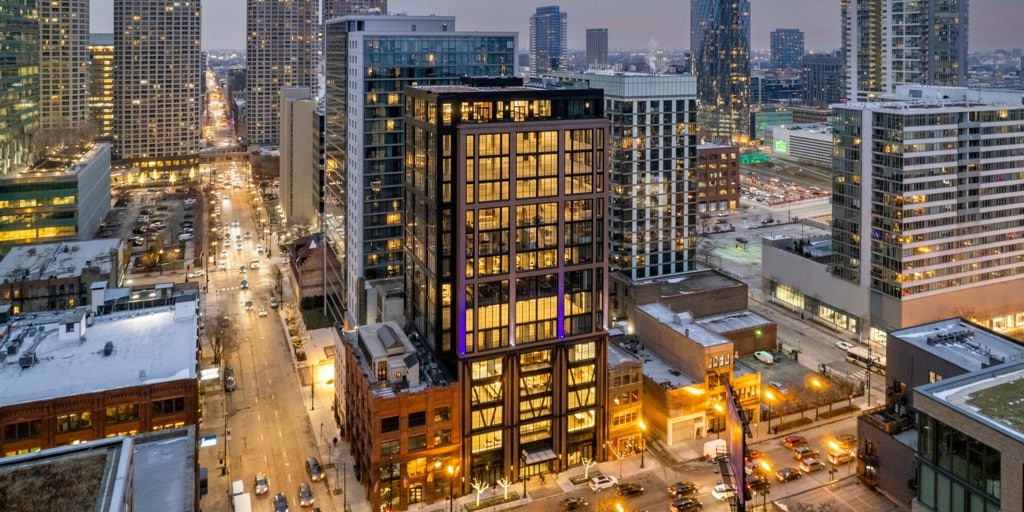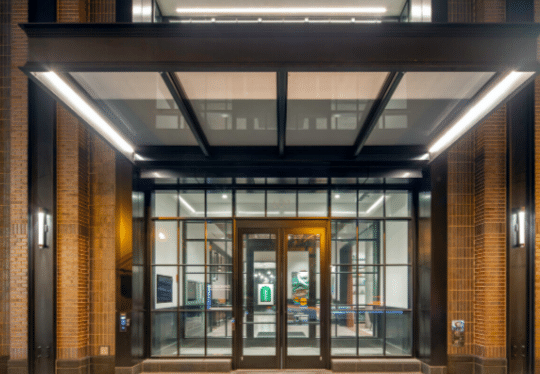$32M Refinancing Amid Chicago Office Market Challenges
The successful refinancing of the 15-story office building at 609 W. Randolph St. by Vista Property Group provides several insights into the current state of the Chicago office market. Amid a broader environment characterized by high vacancy rates and substantial distress, the ability to secure a new $32 million mortgage highlights the divergence between different segments of the office market and the factors driving investment and lending decisions in this space.
First and foremost, Vista’s refinancing deal demonstrates that not all office properties are perceived equally by lenders. Traditional lenders have become wary of extending new loans to office buildings due to the lingering impact of remote work, rising interest rates, and shrinking corporate footprints. This has resulted in declining office property values, foreclosures, and mounting financial distress. Against this backdrop, Vista’s successful refinancing with JPMorgan Chase suggests that properties with specific qualities—namely, new construction, modern amenities, and attractive locations—are more resilient and appealing in today’s market.

The 609 W. Randolph property exemplifies the type of building that stands out amidst a struggling market. The facility’s modern design, proximity to key transportation hubs, and high-end amenities, such as a penthouse lounge and private outdoor terraces, are features that appeal to companies focused on creating inviting, in-person work environments to entice employees back to the office. This trend indicates a shift in market demand toward boutique and highly functional office spaces, as opposed to large, older office towers with high vacancy rates and uncertain tenant rosters. Vista’s property, nearly fully leased with a diverse mix of tenants, stands as a strong contrast to larger, more vulnerable office properties in downtown Chicago.
The deal further emphasizes the current challenges facing the broader Chicago office market. Downtown office vacancies have reached record highs, with a vacancy rate of 25.8%, highlighting the struggles of many landlords to fill office space as remote work persists. Older, less desirable buildings have been particularly hard-hit, facing significant declines in value, difficulties with refinancing, and increased likelihood of distress. The bifurcation between modern, high-quality properties like 609 W. Randolph and older, less adaptable buildings is a defining characteristic of the post-pandemic office landscape.

For commercial real estate agents in Chicago and market participants, Vista’s success highlights the importance of location, amenities, and adaptability in a market that continues to be reshaped by the pandemic’s long-term effects. It also underscores the role of boutique office properties in maintaining market relevance and demand. As tenants prioritize flexible, attractive spaces that offer a compelling reason to work onsite, properties that meet these criteria are better positioned to weather economic challenges and changing work preferences.
Additionally, the refinancing shows that there is still capital available for office properties, provided they meet specific market demands. The willingness of JPMorgan Chase to refinance Vista’s property, despite the tough market environment, indicates that well-leased, strategically located office buildings can still secure favorable financing. This is an encouraging sign for developers and owners who are focused on creating or upgrading properties that align with evolving tenant needs.
In summary, Vista’s ability to refinance its 609 W. Randolph property reveals that while the broader Chicago office market faces significant challenges, opportunities still exist for well-positioned, modern office spaces. It reflects a market where high-quality, well-located assets with strong leasing performance are the exceptions that defy broader market distress. This transaction highlights the need for innovation, adaptability, and strategic investments in office properties to meet shifting demands and maintain long-term relevance in a changing commercial real estate landscape.

